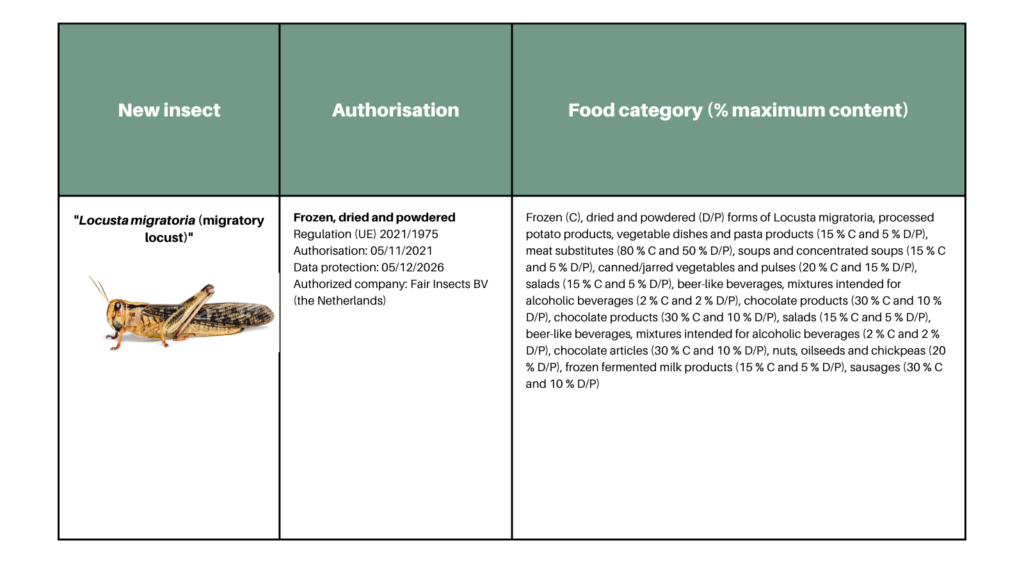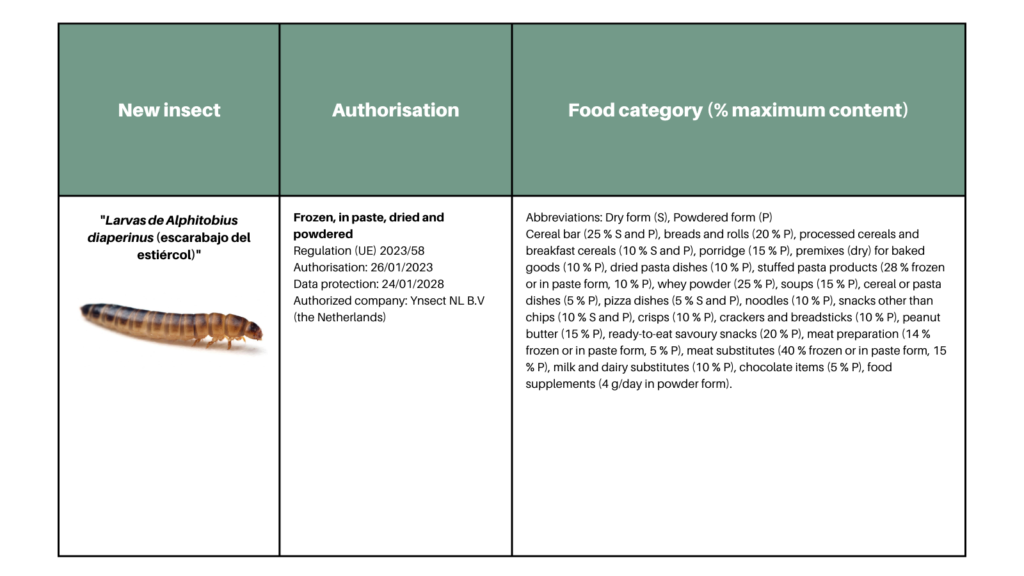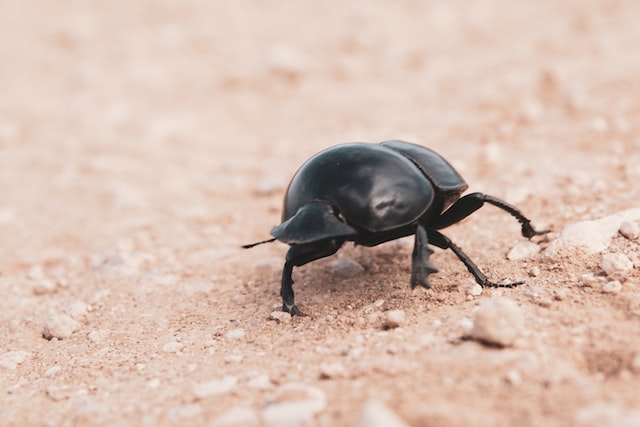This story beggins a sunday afternoon whichever, 2 documentary in the background. With the eye half-open I distinguish a scene in which a beetle locate fresh droppings and gives them the form of a perfect ball (aaaah! hence the name “dung beetle”!! With drums and cymbals music, those beetle triumphs with his ball, facing all type of dangers, and when he finds the perfect place, buries it. Then, being loyal to the proverb “the waist of ones could be a treasure for others”, this mass of droppings is converted into the idela place for his “intimate encounters” and in the housing and food of their babys (larvae) till, finally, leave the home as adult beetles.
In the middle of this exciting adventure, my mind leaves this world moving into another world in which i see myself watching in horror how thousands of larvae came out from my food. Several seconds later, I feel a strong shake and I woke up startled. At those moment, I breath relieved but soon after…in certain mode, the dream became a reality.
The marketing authorisation of Alphitobius diaperinus (dung beetle) larvae, better known as dung beetle, was published on 5 January. With this, are already four the insect species authorized under the Regulation (UE) 2015/2283: (1) the flour larvae (Tenebrio molitor), the migratory locust (locusta migratoria), the domestic cricket (Acheta domesticus) and the dung beetle larvae (Alphitobius diaperinus). The following, I detail you more information about each of them:




Aware of the nutritional and environmental advantages of insects, at CARTIF we have an important research line aimed at developing foods that incorporate insects as an ingredient. With the main researchers of this line, María Ysabel Piñero (marpin@cartif.es) and María Luisa Mussons (marmus@cartif.es), we often discuss the advantages and challenges of this promising industry in the Food area.María Ysabel encourages us, as researchers, to be able to look at insects from another perspective. She tell us not to focus on the insect, but simply to see it as a good source of protein or, in other words, as a sequence of amino acids…
Forgive me, but I can´t avoid thinking about what these beetles eat and the famous phrase “we are what we eat” by the German philosopher and anthropologist Ludwig Feuerbach. Then, following my colleague´s instructions, I close my eyes and try to visualise a long sequence of amino acids.
Now it´s time! Waiter! One of dung beetles!
- Waiter! One of dung beetles! - 10 February 2023
- Attention: NutriScore Traffic Light! We have a huge mess - 14 January 2021
- Acrylamide has a special ‘COLOR’ - 23 January 2019

